Weeds are pesky things, and can quickly take over a garden if left unchecked. If you’re struggling to get rid of the weeds in your garden, don’t worry – you’re not alone! In this comprehensive guide, we’ll outline everything you need to know about how to clear a garden full of weeds. From identifying the types of weeds that are causing problems to use the right tools and methods to get rid of them, we’ve got you covered. Let’s get started!
Options to clear a garden full of weeds
Once you’ve identified that you have a weed problem, it’s time to start thinking about how to clear them out. Depending on the severity of the issue, you may need to consider different options for clearing your garden.
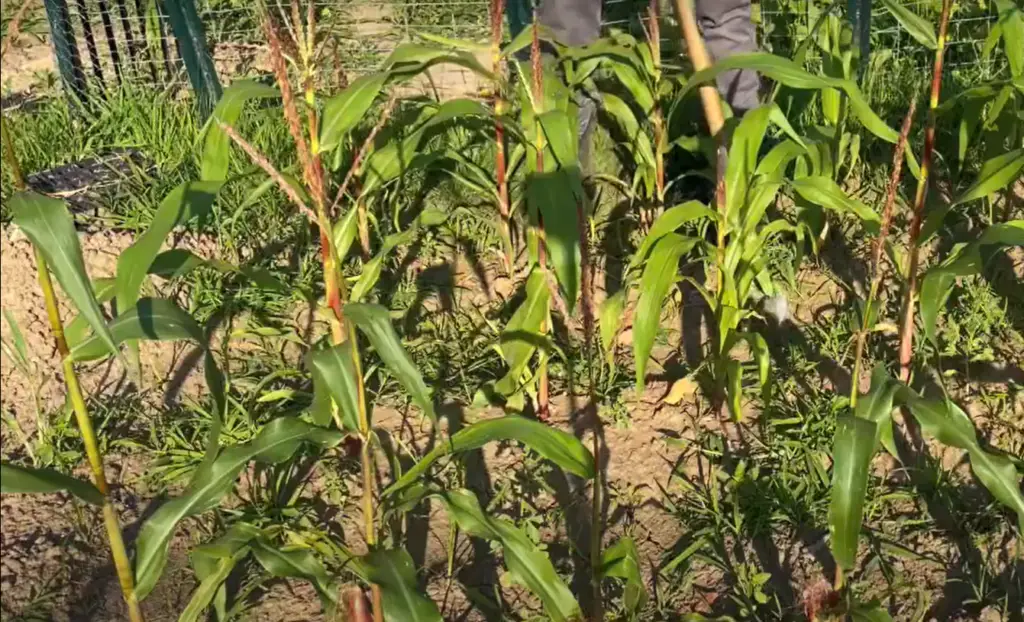
If the weeds are only in a small section of your garden, you may be able to simply pull them out by hand. This is usually the best option for annual weeds, like dandelions, which have shallow roots. For deeper-rooted perennial weeds, like thistles, you may need to use a tool like a shovel or a spade to loosen the soil before pulling them out.
If your weed problem is more widespread, you’ll likely need to resort to using herbicides. There are a variety of herbicides available, so be sure to do your research to find one that will be effective on the types of weeds you’re dealing with.
Once you’ve selected an appropriate method for clearing your garden, it’s time to get to work! With a little elbow grease (or chemical assistance), you should be able to rid your garden of weeds in no time.
Weed Killers
The first step to getting rid of weeds is identifying what type of weed it is. Different types of weeds require different methods of removal. Once you know what type of weed you’re dealing with, you can choose an appropriate method of removal.
There are many different weed killers on the market, but not all of them are effective on all types of weeds. Be sure to read the labels carefully to find a weed killer that will work on the type of weed you have.
Some common methods for killing weeds include: pulling them by hand, using a hoe or other gardening tool to dig them up, spraying them with herbicide, or burning them. Whichever method you choose, be sure to follow the instructions carefully to avoid harming yourself or your plants.
Machinery
In some cases, you may need to use machinery to remove weeds. If the weed is too large to pull by hand or if it has a deep root system, you may need to use a tiller or other machine to dig it up. Be sure to follow the manufacturer’s instructions carefully when using any type of machinery.
Safety should always be your top priority when working in the garden. Wear protective clothing and gloves when handling herbicides or dealing with sharp tools. Be sure to wash your hands thoroughly after working in the garden, and keep children and pets away from areas where you’ve sprayed herbicide or used other chemicals.
Hand Tools
There are many different types of hand tools that can be used to remove weeds. The type of tool you use will depend on the size and type of weed you’re dealing with.
For small weeds, a trowel or hoe can be used to dig them up. Be careful not to damage the roots of your other plants when using these tools.
For larger weeds, you may need to use a shovel or spade to dig them up. You may also need to use a saw or pruner to cut through thick stems.
Mulch Over Them
A thick layer of mulch can also help to prevent weeds from growing. Be sure to replenish the mulch every few months to keep it effective.
Organic materials such as straw, hay, or leaves make good mulch. You can also use inorganic materials such as black plastic or landscape fabric.
Whichever type of mulch you choose, be sure to spread it evenly over the garden bed and water it well so it will stay in place.
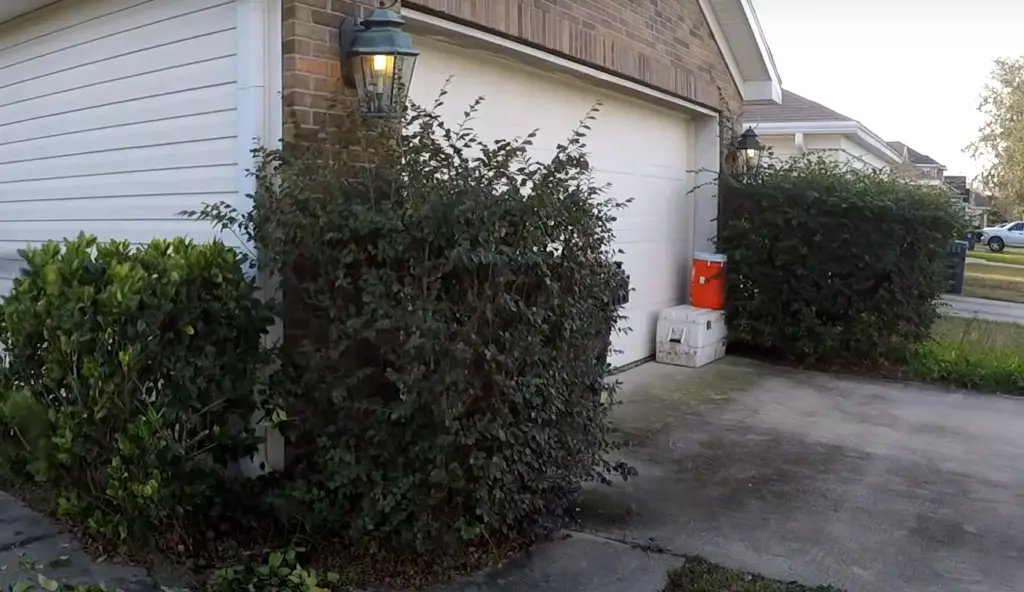
Mulching is an effective way to control weeds, but it won’t work if there are already weeds growing in the garden bed. In that case, you’ll need to remove the weeds first before applying a fresh layer of mulch. [1]
Exclude the Light
Weeds need sunlight to grow, so excluding them from light can help to prevent them from germinating.
One way to do this is to cover the garden bed with a layer of black plastic or landscape fabric. Be sure to secure the edges of the fabric so it doesn’t blow away in the wind.
Another way to exclude light is to plant dense groundcover such as ivy or vinca around the perimeter of the garden bed. This will create a barrier that will prevent weeds from getting enough sunlight to grow.
Pull Them Out or Dig Them Up
The most effective way to remove weeds is to pull them out by the root. This can be done by hand or with a tool such as a hoe or a trowel.
Make sure you get rid of the weeds properly after you remove them. If you have the space, wrap them in a towel or place them in a compost bin or bag to use as fertilizer for your plants. If you don’t, put them in the garbage.
Use Homemade Herbicide Sprays
There are many different recipes for homemade herbicide sprays that you can use to kill weeds.
Be sure to test the spray on a small area of the weed first to make sure it won’t damage your plants.
To use the spray, simply wet the leaves of the weed and wait for it to die. You may need to reapply the spray every few days until the weed is completely dead.
Herbicide sprays are an effective way to kill weeds, but they can also be harmful to the environment. If possible, try to use other methods of weed control first. Only use herbicides as a last resort.
Whenever you’re working in the garden, safety should always be your top priority. Wear protective clothing and gloves when handling herbicides or dealing with sharp tools. Be sure to wash your hands thoroughly after working in the garden, and keep children and pets away from areas where you’ve sprayed herbicide or used other chemicals.
Hoe Them Down
Hoeing is a good way to control weeds that are already growing in your garden.
Use the hoe to chop off a weed’s base. Be sure to dispose of the weed properly after you’ve removed it. If possible, put it in a compost bin or bag so it can be reused as fertilizer for your garden.
Minimize Soil Disruption
Weeds are more likely to germinate in disturbed soil, so it’s important to minimize soil disruption in your garden.
One way to do this is to avoid walking on the garden bed when it’s wet. This will compact the soil and make it more difficult for plants to grow.
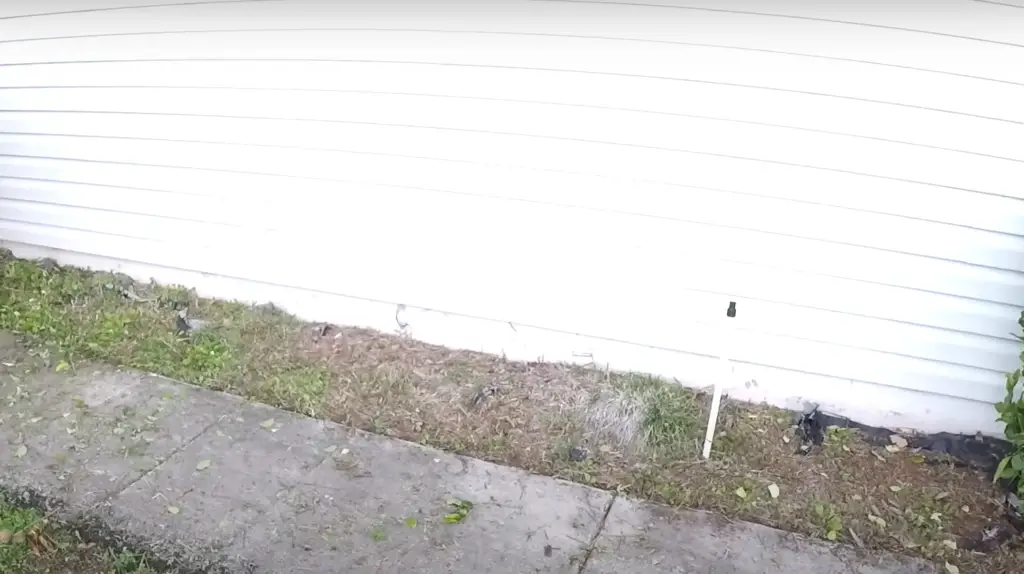
Another way to minimize soil disruption is to use a tool such as a hoe or a trowel instead of a shovel when you’re working in the garden. This will help to prevent the roots of your plants from being disturbed.
Chop Off Their Heads
Another way to control weeds is to chop off their heads. This will prevent them from producing seeds and spreading throughout the garden.
To do this, simply use a sharp knife or pair of scissors to cut the weed off at the base of the plant.
Keep Your Garden Edges Trimmed
Weeds are less likely to invade your garden if you keep the edges trimmed. This will create a barrier that will prevent them from spreading into the garden bed.
To trim the edges of your garden, simply use a pair of scissors or a sharp knife to cut off any weeds that are growing on the edge of the bed.
Aerate Your Soil
Weeds are less likely to germinate in well-aerated soil. This is because the roots of the plants need oxygen to grow.
Be sure to do this when the soil is dry so you don’t compact it.Aerate your soil once a week during the growing season. This will help to keep weeds from taking over your garden.
Reduce Open Garden Space
Weeds are less likely to germinate in areas where there is little open space. This is because they need light to grow.
To reduce the amount of open space in your garden, simply plant more densely. Be sure to choose plants that will grow well together and won’t crowd each other out.
You can also use ground cover plants. These are tiny plants that grow quickly and take over empty gaps.
Avoid Watering Weeds
Weeds are more likely to germinate in moist soil. This is because they need water to grow.
To avoid watering weeds, simply be careful not to overwater your garden. Water the plants that you want to grow, and be sure to keep the weeds out of the way so they don’t get wet.
You may also water your plants without wetting the weeds by utilizing a soaker hose or drip irrigation system.Let Them Grow…Temporarily
This may sound counterintuitive, but letting weeds grow for a few weeks can actually help to control them in the long run.
Weeds produce seeds that can spread throughout your garden and take over if they’re not controlled.
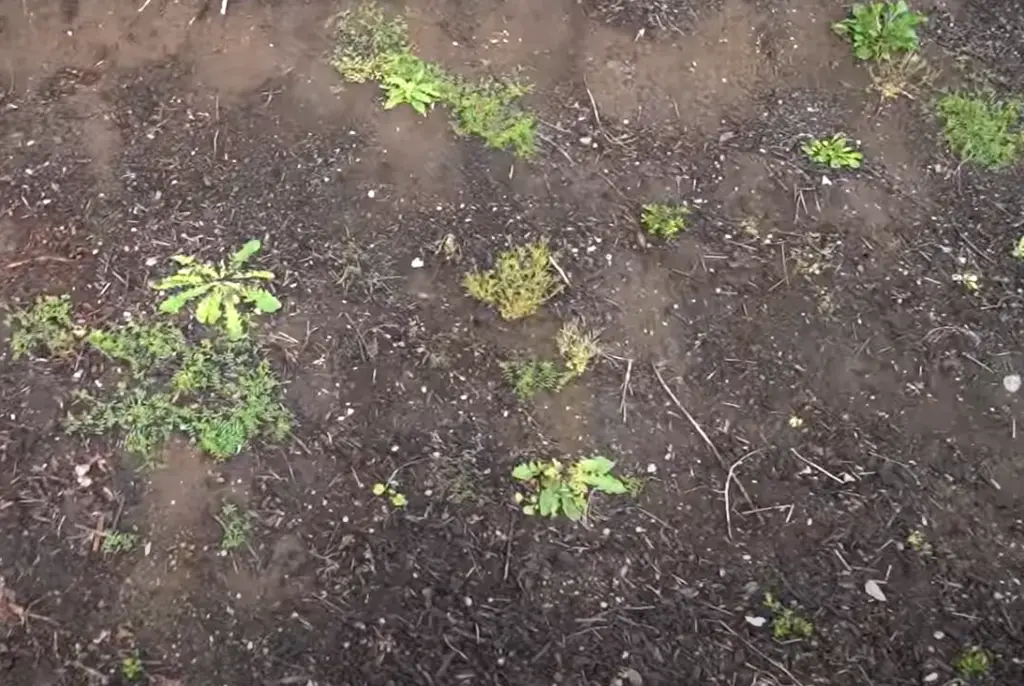
By letting them grow for a few weeks, you can actually reduce the number of seeds that they produce. This is because most weeds will only produce seeds once they’ve reached a certain size.
Once the weeds have flowered and produced seeds, simply cut them down and dispose of them properly. Be sure to do this before the seeds have a chance to spread. [2]
Bringing a lawn back from the dead
Weeds are opportunistic plants. They’ll take over any patch of ground that’s left untended for too long. But don’t despair! With a little elbow grease, you can clear out your weed garden and have it look lush and green in no time.
Here’s what you’ll need to do:
- First, assess the situation. How big is your weed garden? What type of weeds is growing there? This will give you a better idea of the best way to approach the problem.
- Next, make a plan. You’ll need to decide on the best way to tackle the weeds, depending on the size of your garden and the type of weeds growing there.
- Then, get to work! This is the part where you’ll need to put in some elbow grease. But trust me, it’ll be worth it when you see your weed-free garden!
- Finally, don’t forget to maintain your garden. Once you’ve cleared out the weeds, make sure to keep up with regular maintenance so they don’t come back.
Comparison of Different Methods for Clearing a Garden Full of Weeds
When it comes to clearing a garden full of weeds, there are several methods available to homeowners. In this table, we compare various indicators for the most common methods used for weed removal.
| Method | Time required (hours) | Cost (USD) | Effectiveness (scale of 1-10) | Ease of use (scale of 1-10) |
|---|---|---|---|---|
| Hand pulling | 30 | 0 | 8 | 10 |
| Use of herbicides | 1-2 | 20-50 | 9 | 6 |
| Tilling | 4-5 | 150-200 | 7 | 8 |
| Mulching | 6-7 | 100-150 | 6 | 7 |
The table compares four commonly used methods for clearing a garden full of weeds: hand pulling, use of herbicides, tilling, and mulching.
In terms of time required, hand pulling takes the longest at 30 hours, while the use of herbicides takes the least amount of time at 1-2 hours.
The cost of each method varies significantly, with hand pulling being the cheapest at zero cost and tilling being the most expensive at $150-$200.
Effectiveness is measured on a scale of 1-10, with herbicides being the most effective at a score of 9, followed closely by hand pulling at a score of 8.
Ease of use is also measured on a scale of 1-10, with hand pulling being the easiest at a score of 10 and herbicides being the most difficult at a score of 6.
Overall, the table can be used as a guide for homeowners to compare the different methods and choose the one that suits their needs best based on their individual preferences and resources.
FAQ
How do you clear a large amount of weeds?
If you have a large amount of weeds, the best way to clear them is to use a weed whacker. You can also use a hoe or a shovel, but these methods will take longer.
To use a weed whacker, first make sure that the area you will be working in is clear of any obstacles. Then, start the weed whacker and move it back and forth over the weeds. Be careful not to hit any rocks or other hard objects, as this could damage the weed whacker.
After you have finished using the weed whacker, dispose of the weeds in a garbage bag or compost bin.
If you have a small amount of weeds, you can clear them by hand. To do this, simply pull the weeds out of the ground. You may need to use a trowel to loosen the soil around the weed before you can pull it out. [3]
Once the weed is out of the ground, dispose of it in a garbage bag or compost bin.
What is the fastest way to get rid of weeds?
The best way to get rid of weeds is to prevent them from growing in the first place. Pulling them by hand is effective, but can be time-consuming. The use of herbicides can be an efficient way to control weed growth, but may not be appropriate for all situations. mulching and cultivating around plants can also help discourage weed growth.
Weed prevention starts with knowing your enemy. Annual weeds like crabgrass germinate in spring from seed, so it’s important to remove them before they have a chance to set seed. Perennial weeds, such as dandelions, grow back from root systems that can be difficult to eliminate. A little knowledge about the life cycle of different types of weeds can go a long way in preventing them from taking over your garden.
Mulching is one of the most effective ways to prevent weeds. A layer of mulch around plants blocks sunlight, which prevents weed seeds from germinating. An organic mulch like bark or straw will also improve the soil as it breaks down over time.
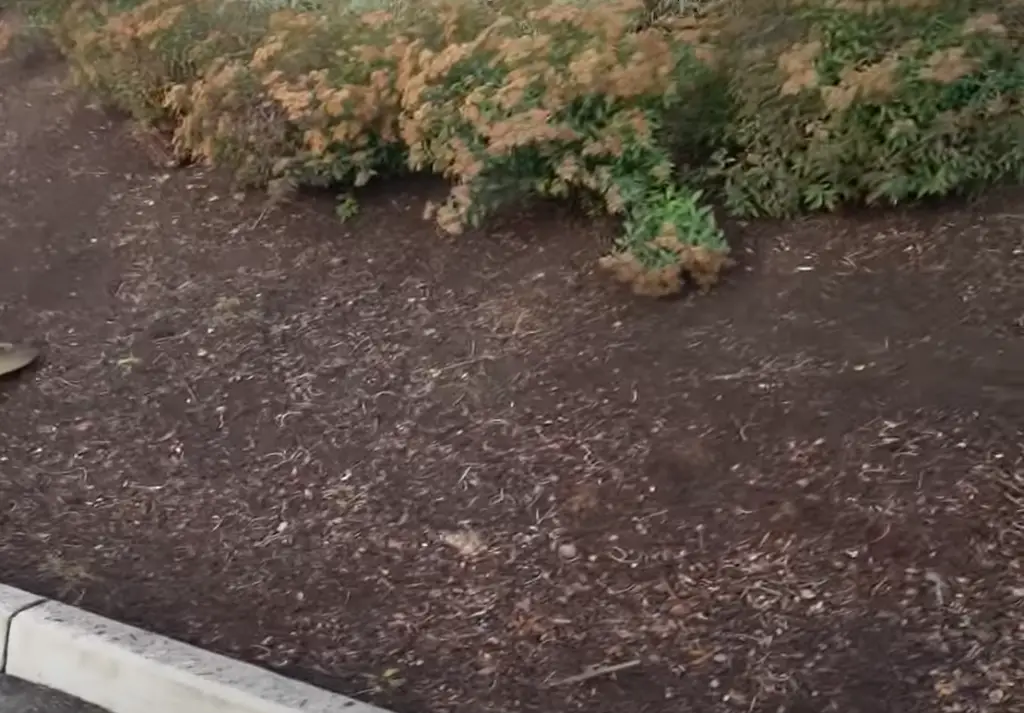
Weeding by hand is often necessary to remove existing weeds and their root systems. This is especially true for perennial weeds that can regrow from even a small piece of root left in the ground. Try to pull weeds when the ground is moist so that they come out easily, and consider using a hoe or other tool to loosen stubborn roots before pulling. [4]
What is the best way to kill weeds in a garden?
There’s no easy answer when it comes to the best way to kill weeds in a garden. Different methods work better for different types of weeds, and what works in one garden might not work as well in another. That said, there are a few general tips that can help you clear your garden of weeds:
- First, identify the type of weed you’re dealing with. This will help you determine which method of killing will be most effective.
- Second, try to pull the weed up by its roots. This isn’t always possible, but if you can get the entire root system out, the weed is less likely to grow back.
- Third, use an herbicide or weed killer specifically designed for the type of weed you’re dealing with. Be sure to follow the directions on the label carefully, and always use caution when handling chemicals.
How do I permanently kill weeds in a large area?
The most widely used and successful technique for eradicating weeds in a large region is to apply herbicides. Glyphosate-based herbicides are the most popular choice among gardeners and farmers because they are relatively inexpensive and easy to use. However, these herbicides can also kill desirable plants, so it is important to read the labels carefully and follow the directions. Another method of killing weeds in a large area is to solarize the soil. Solarization involves covering the soil with clear plastic for several weeks during the summer, which traps heat and kills weed seeds. This method is more labor-intensive than using herbicides, but it is safe for people and animals and will not harm beneficial insects or other organisms in the soil. Finally, you can physically remove weeds from a large area by hand, but this is often not practical or possible. [5]
Are there any tricks for avoiding weeds in your garden?
Weeding can be a never-ending task, but there are a few things you can do to make it easier. First, consider using mulch in your garden beds. Mulch helps to prevent weed seeds from germinating by blocking sunlight. Second, make sure to keep your garden beds free of debris and dead leaves, which can act as homes for weed seeds. Finally, pull weeds when they’re young – the deeper the roots go, the harder they are to remove.
With a little effort, you can keep your garden looking its best – without spending all your time weeding!
How do you know when it’s time to start weeding your garden?
The best time to weed is actually before the weeds have a chance to take over. You can do this by pulling them up as soon as you see them, or by hoeing regularly to keep the weeds from getting too big.
Weeding can be a lot of work, but it’s worth it to keep your garden looking its best. If you let the weeds get out of control, they’ll crowd out your plants and make your garden look messy.
So how do you go about clearing a garden full of weeds? Here are a few tips:
- Start by removing any large weeds that you can easily pull up.
- Use a hoe to loosen the soil around smaller weeds, then pull them up.
- For tough weeds, you may need to use a weed killer. Be sure to follow the instructions on the label carefully.
How long did it take you to clear the garden?
It depends on the size of your garden, but it usually takes around two hours to clear a medium-sized garden full of weeds. If you have a larger garden, it may take longer.
The most important thing is to be patient and consistent with your weeding. Try to weed for at least 30 minutes each day, and eventually, you will see results.
What kills weeds permanently?
Weed killers that contain glyphosate are effective at killing many types of weeds, including ones that have already emerged from the soil. Glyphosate-based weed killers are available in both liquid and granular forms.
You can also use a product containing diquat to kill weeds permanently. Diquat is a contact herbicide, which means it kills plants on contact. It’s available in both liquid and granular form as well.
Another option is to use an imazapyr-based weed killer. Imazapyr is a systemic herbicide, which means it’s absorbed by the plant and moves throughout the plant to kill it. It’s available in both liquid and granular form.
What kills weeds down to the root?
There are a few things you can do to kill weeds down to the root. You can either use a chemical weed killer, or you can pull them up by hand. If you choose to use a chemical weed killer, make sure you follow the instructions on the label carefully.
If you decide to pull the weeds up by hand, make sure you get as much of the root as possible. The best way to do this is to grab the weed at the base of the stem and pull it up slowly and steadily. Try not to break off the root, as this will just make it easier for the weed to grow back.
Once you’ve removed all of the weeds from your garden, it’s important to take measures to prevent them from coming back. One way to do this is to put down a layer of mulch. This will help to prevent the weed seeds from germinating. You can also use herbicides as a preventive measure, but make sure you only use them according to the instructions on the label.
Weeding your garden doesn’t have to be a huge chore if you take some preventative measures and stay on top of it. With a little bit of effort, you can keep your garden looking neat and tidy all season long!
Is it better to pull weeds or spray them?
The best method of weed control is prevention. Pulling weeds and hoeing regularly will prevent most weeds from taking over your garden. But, if you already have a problem with weeds, the best method to clear them depends on the type of weed and how big the infestation is.
For small patches of broadleaf (dandelions, plantain, clover) or grassy (crabgrass, quackgrass) weeds, pull them by hand or use a hoe to chop them off at the base. Be sure to get the entire root so they don’t regrow. You can also use a weeding tool like a dandelion digger or an oscillating hoe for larger areas.
Is it better to cut or pull weeds?
It really depends on the weed. If it’s a small, young weed, you can usually just pull it up by its roots. But if it’s a big, established weed, you might need to cut it down first.
Here are some tips for how to tell:
- If the weed has a deep taproot (a long, thick root that goes straight down), it’s probably best to cut it first.
- If the weed has a shallow root system (lots of small roots that spread out close to the surface), you can probably just pull it up.
Of course, there are always exceptions to the rule. So if you’re not sure, err on the side of cutting first.
Is vinegar as good as Roundup?
Vinegar is not as strong as Roundup, but it can be effective on smaller weeds. You can either use white vinegar or apple cider vinegar. Be sure to dilute the vinegar with water so that it doesn’t damage your plants.
To use vinegar, simply spray it on the leaves of the weed. The acid in the vinegar will kill the weed. You may need to reapply every few days for larger weeds. If you’re dealing with particularly tough weeds, you can add a little dish soap to the mix. This will help to break down the plant’s wax coating and allow the vinegar to penetrate more easily.
If you don’t want to use chemicals, there are a few other options for killing weeds.
What is the best time of day to spray weeds?
In most places, applying weed killer products in the morning and late afternoon is ideal. In mild climates, early morning and late afternoon are the best times; in cold regions, late morning through mid-afternoon are better. Avoid spraying during windy conditions.
Weed killers are often most effective when applied to actively growing weeds that are not water-stressed. If you can wait until after rain or irrigation to spray so the weed killer can be carried down to the roots by moisture.
Don’t forget to read and follow all product labels carefully before use! Different products have different instructions, so it’s important to always check the label on your particular product.
Does mowing weeds spread them?
If you have a lot of weeds, mowing them down can help reduce their numbers. Be sure to bag the clippings, though, as many weeds will resprout from even a small piece of stem left behind. If possible, wait until the weeds are dry before mowing, as this will minimize the spread of weed seeds. You should also avoid leaving grass clippings on your garden beds, as these can contain weed seeds that will sprout later.
Weed whacking or using a string trimmer is another option for getting rid of weeds. This can be a good way to target individual weeds or areas that are difficult to mow. As with mowing, it’s important to bag up the debris afterwards to prevent spreading weed seeds.
Finally, you can use a herbicide to kill weeds. Be sure to choose a product that is labeled for use in gardens, and follow the directions carefully. Some herbicides will only kill the leaves of plants, so the roots will still be alive and able to regrow. Others will kill both the leaves and roots, providing longer-lasting control.
Useful Video: How to clear out a garden full of weeds
Conclusion
Weed control can be a difficult and time-consuming task, but it is important to keep your garden looking neat and tidy. With a little patience and some elbow grease, you can clear your garden of weeds in no time. Just remember to stay vigilant and don’t let the weeds take over again! Thanks for reading. Good luck!
References:
- https://patientgardener.co.uk/how-to-clear-a-garden-full-of-weeds/
- https://www.almanac.com/weed-control-techniques
- https://plantophiles.com/gardening/remove-weeds-from-large-area/
- https://blogs.webmd.com/from-our-archives/20090617/6-fast-and-natural-ways-to-kill-weeds
- https://www.summitturfservices.com/kill-weeds-permanently/








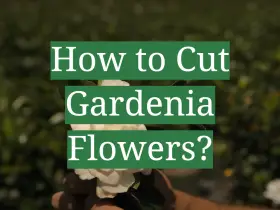
Leave a Reply
View Comments